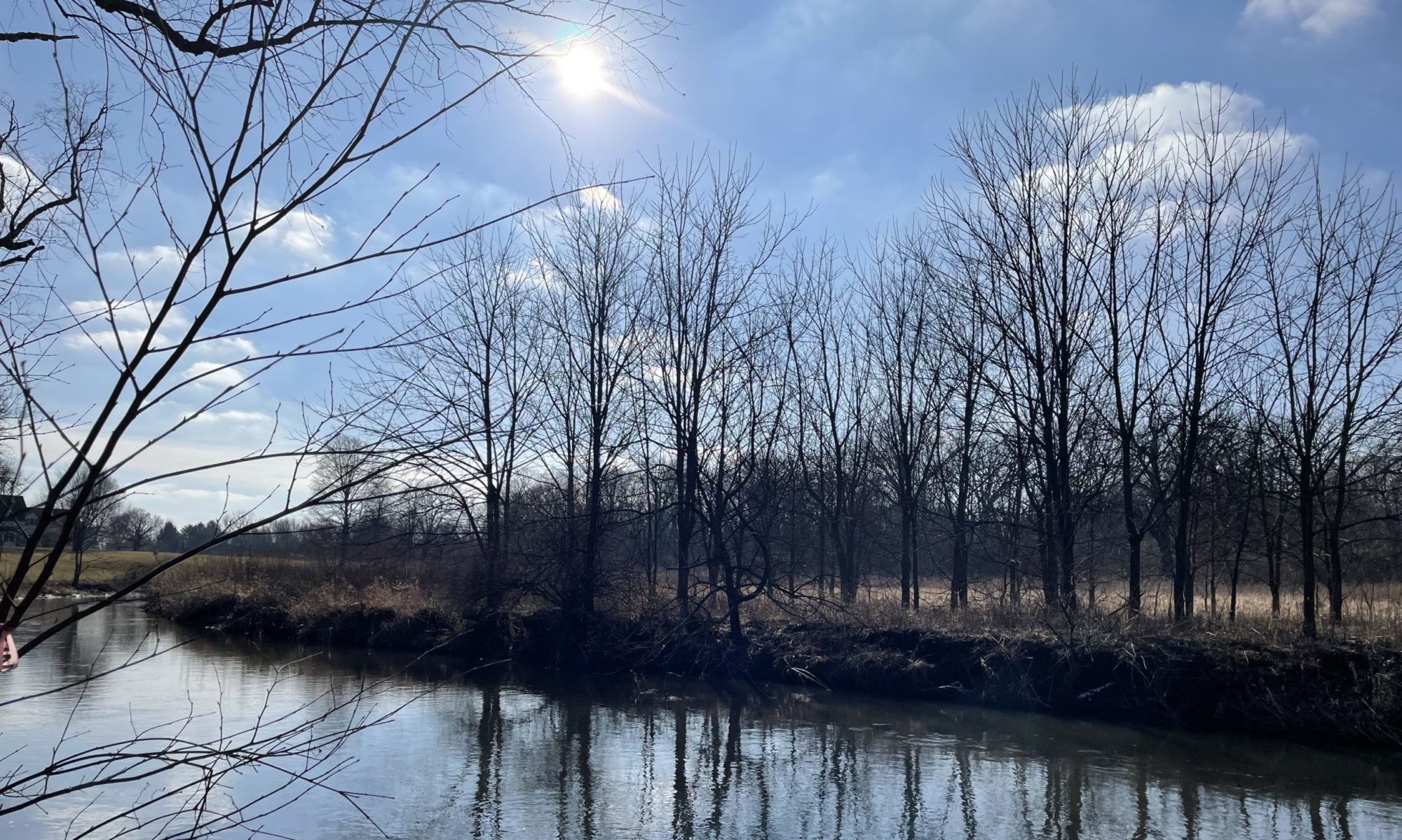Part four of making the plan looks at communication:
What is my family/household communication plan?
For our communication plan, we need to have a list of all important numbers such as those of family members, doctors, emergency services, hospitals, schools, and possibly employers. This list should be kept in paper format by all household members and in our phones.
Remember during a disaster sometimes only texts will go through rather than voice calls. We created a text group with all our family members including those who live in our household and those who do not.
We also need to figure out an emergency meeting place in our home, neighborhood, and outside our community. Any one of these may need to be accessed depending on the level of disaster.
Discuss how your family will communicate during the threat of a disaster, during the event, and after. You can also practice by having a test of a disaster to make sure everyone knows how to respond and where to go.
The Ready.gov site offers a fillable Family Emergency Communication Plan you can download by clicking that link.
That’s it for communication. Tomorrow we’ll focus on the next step – insurance.
As a side note, throughout this series of posts about getting prepared, I may mention certain products, services, agencies, etc. At no time is it my intention to promote a specific product or service or agency. Each is mentioned only for informational purposes. Of course as a government employee, I do receive a salary from the government for the time I work on my job, but I don’t receive any compensation from any commercial entities I mention or include in these posts.



